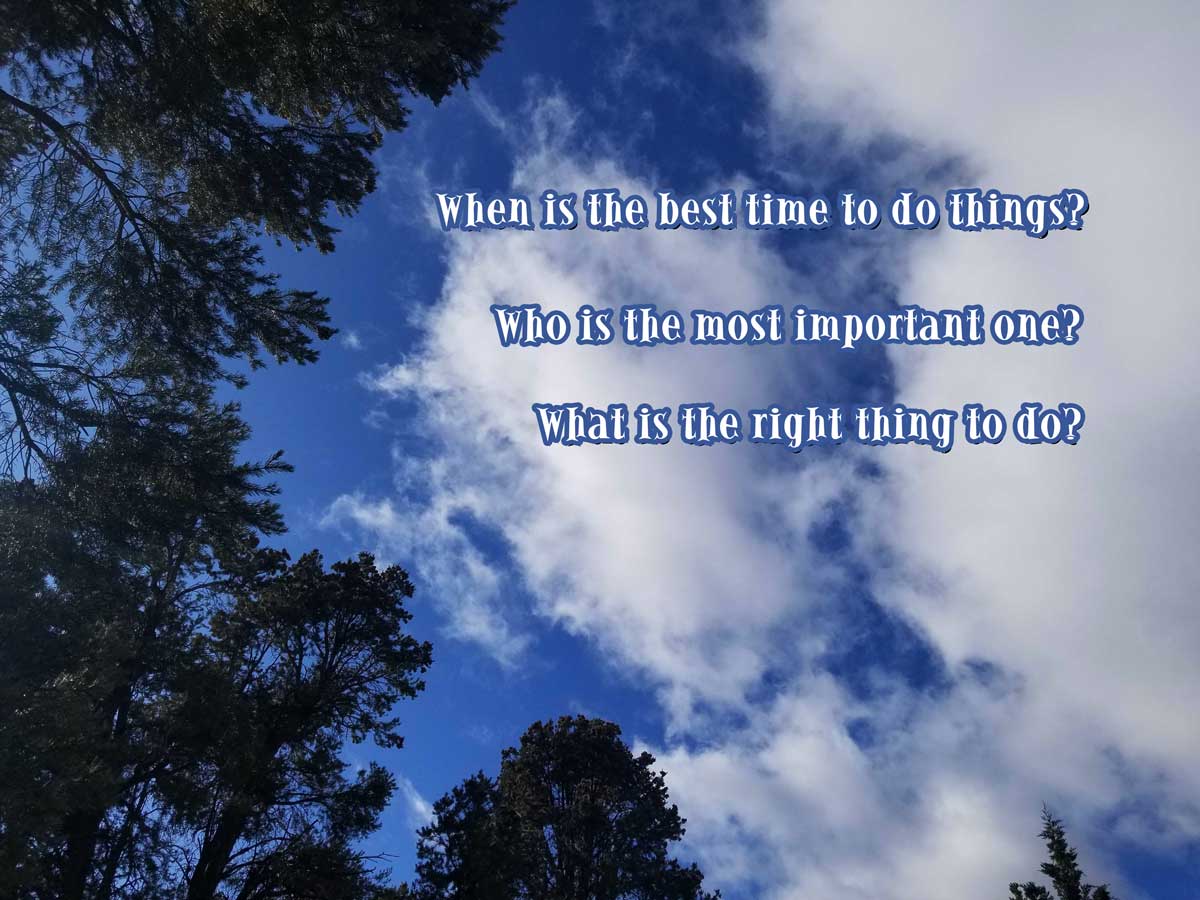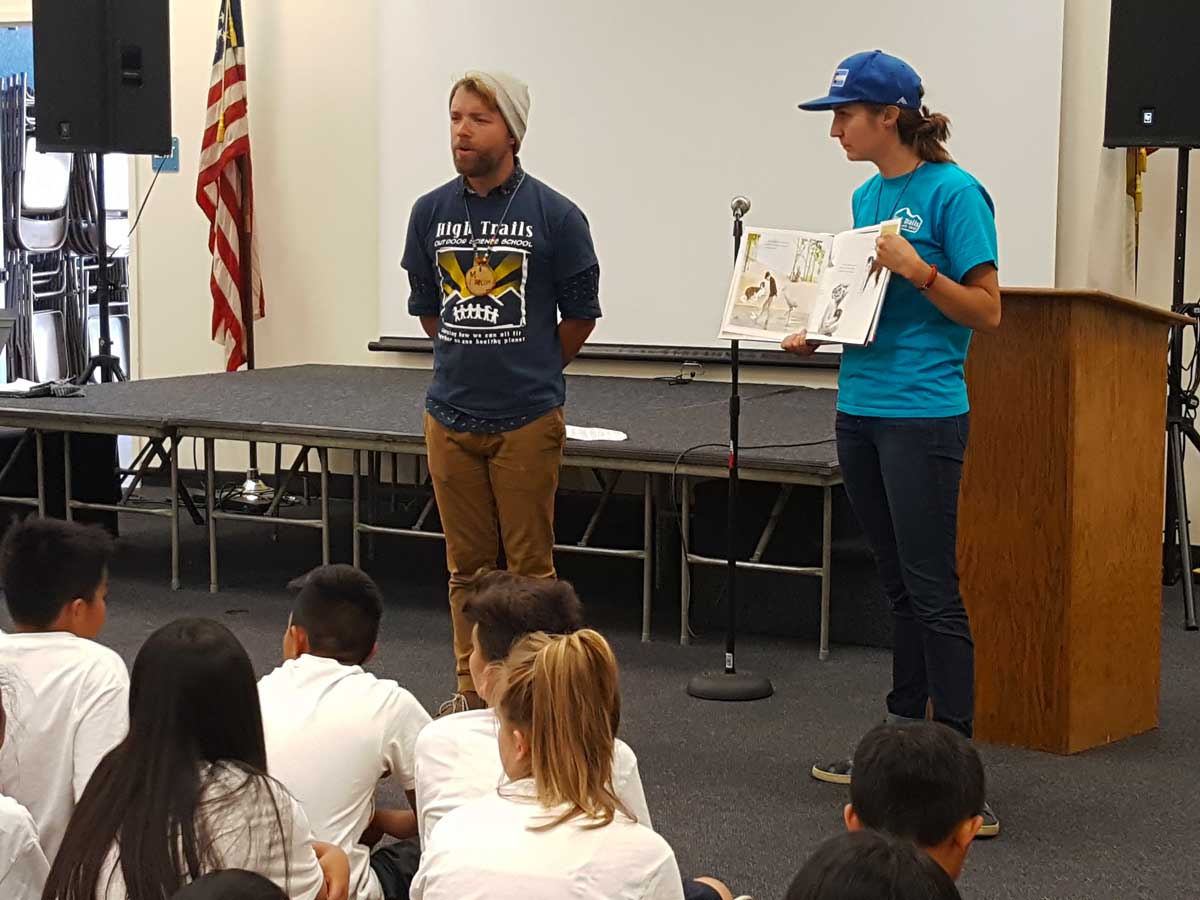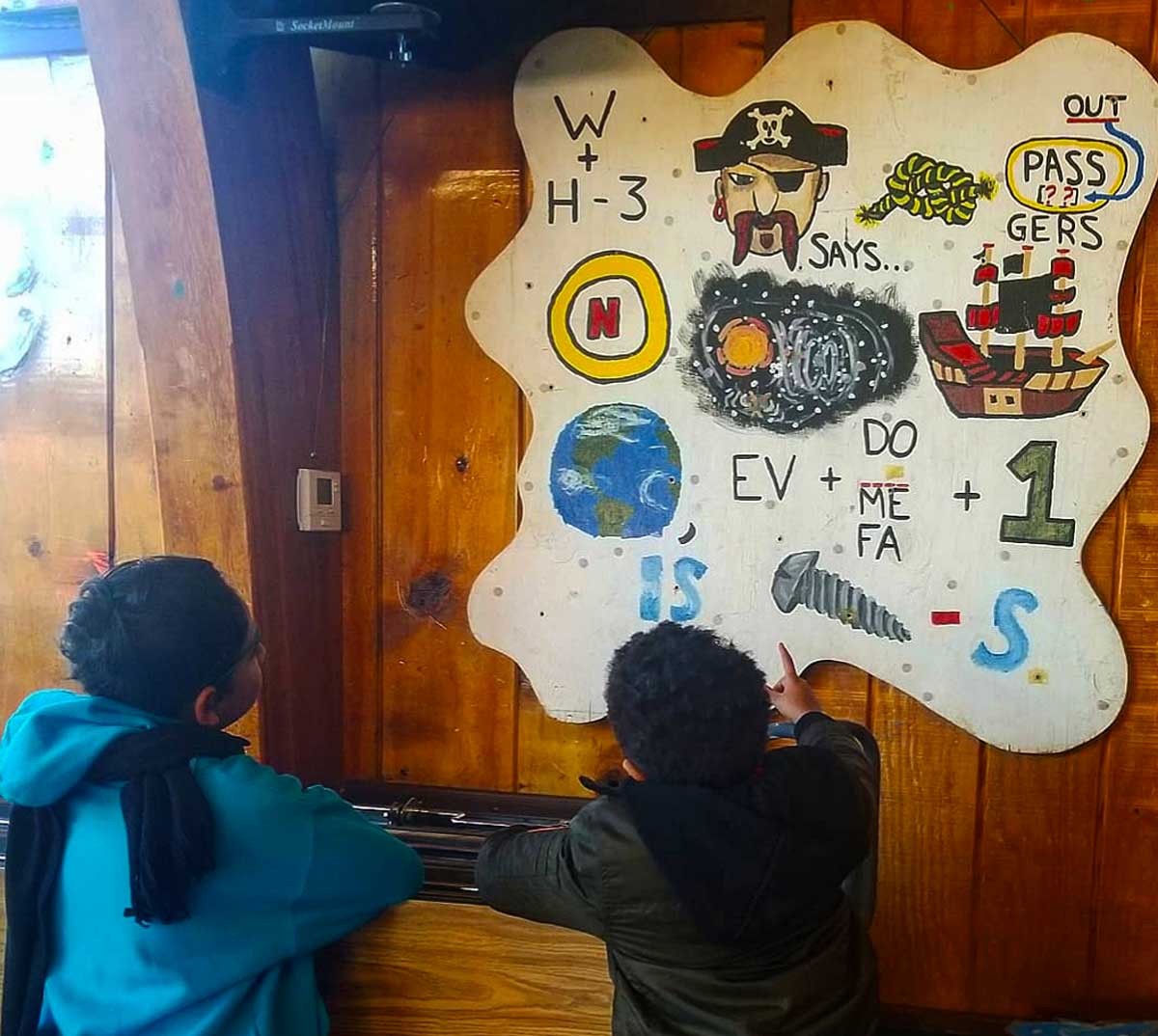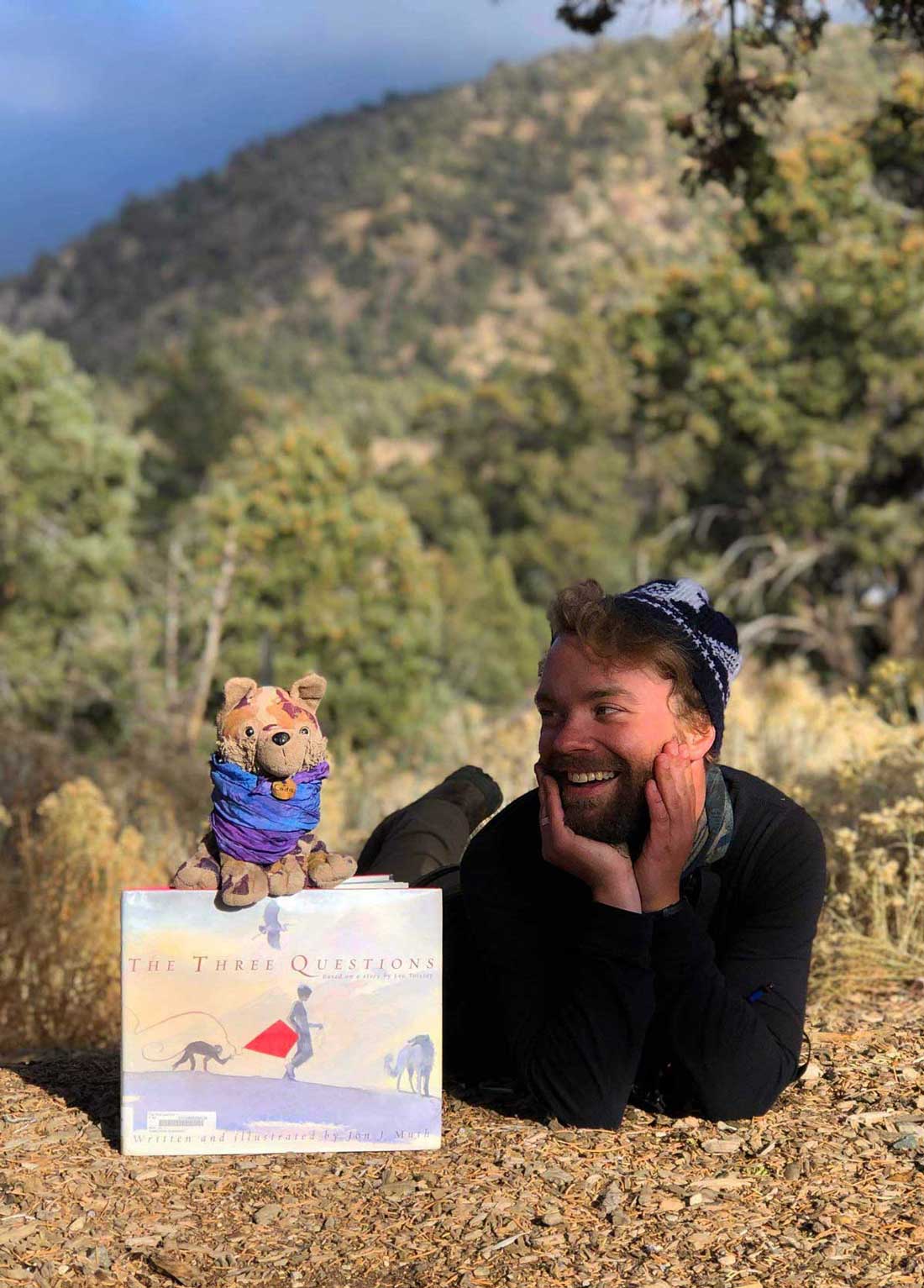Providing Important Answers to the Important Questions for the Youth
The Three Questions is a marvelous adaptation of a story originally written by Leo Tolstoy of the same name. Jon J. Muth takes the wheel, adapting the timeless story into a format appropriate for young children. The narrative in the adaptation is simple, yet effective. Its influence, both subtle, and far-reaching. It possesses morals that center around presence, community, and camaraderie.
After sharing these sentiments with hundreds of students, and dozens of adults, I have learned that the meaning therein is accessible to many different demographics. Additionally, the heartfelt tale is accompanied by beautiful, sweeping watercolor artwork also provided by the talented Jon J. Muth. Children and adults alike awe at the splendor with each turn of the page.

The tale follows a young boy named Nikolai as he searches for the answers to The Three Questions: When is the right time to do things? Who are the most important ones? What is the right thing to do? Nikolai first consults his three close friends, a hopeful heron, a playful monkey, and a defiant dog about their answers to the questions. Each of them offers their personal philosophy in three parts. Despite the help of his friends, Nikolai strikes out to find his own answers. He eventually crosses paths with Leo the Turtle, and helps him to dig a garden. Shortly after finishing this task, Nikolai hears cries for help emanating from the forest. Following the cries, he finds a small family of injured pandas. He heroically saves them from the cold, and brings them to the safety of Leo’s homestead, away from the storming conditions. After the incident, Nikolai consults Leo again, who in turn deftly leads him to understand that he has unknowingly discovered the answers to The Three Questions.

The moral of the story is rooted in the present. The answers expressed at the end of the tale illustrate the importance of living in the moment. The most important time is now. The practice of staying present means that you should focus on those who are by your side. These people deserve your love and attention, rather than a mind distracted by what comes next. You should always do right by them, because you are together in that moment in time. These ideas lend to a greater sense of community amongst people, and a higher level of caring between us.

Malcom sharing his favorite stories with students at Killian Elementary
The implementation of these ideals can greatly enhance the experiences of our students. There are many opportunities to incorporate The Three Questions into the overall expectations for the week. For instance—once reading the story with my cabin group—I challenge them to practice what they have just learned before our next Tribes session. This challenge involves creating opportunities to help the people that they are with. It also involves being aware of those who might be helping you. During the following Tribes session, we each share how we helped or were helped during our time apart. Once each student has reflected on and shared their experiences, they earn their HOP’per beads for Helping Other People. This small prompt creates a sense of ownership and importance for our students as it relates to their interactions with one another, and the community as a whole. These skills are not limited to their successes at High Trails Outdoor Science School, but directly affect their ability to navigate social situations that will influence their social presence for years and years to come.

Like Nikolai, we are all actively seeking answers. Some of these questions are written in stone, and passed along from generation to generation. Others are more abstract. The Three Questions came to me in a unique way. I was out to dinner with some friends, trying to be present, and taking care to pay them my attention. In between conversation, I noticed a book with beautiful artwork resting on a bookshelf across from our table. I asked my friend to pass it over to me, and then eagerly poured through the pages. I knew at once, that I needed to share these answers with the youth, and with those that I love. I offered to buy the book from the storeowner and let him know that I was excited to share these truths with today’s youth, as their teacher. The storeowner smiled at me, before sliding the book across the counter and putting up his hands. “For a good cause.” He said simply. In that moment, he was being present, listening intently to my reasoning, and found a way to help me in a way that is bigger than he likely even knew. These, are the answers to the three questions. This is why we are here.

At High Trails Outdoor Science School, we literally force our instructors to write about elementary outdoor education, teaching outside, learning outside, our dirty classroom (the forest…gosh), environmental science, outdoor science, and all other tree hugging student and kid loving things that keep us engaged, passionate, driven, loving our job, digging our life, and spreading the word to anyone whose attention we can hold for long enough to actually make it through reading this entire sentence. Whew…. www.dirtyclassroom.com

Comments are closed.